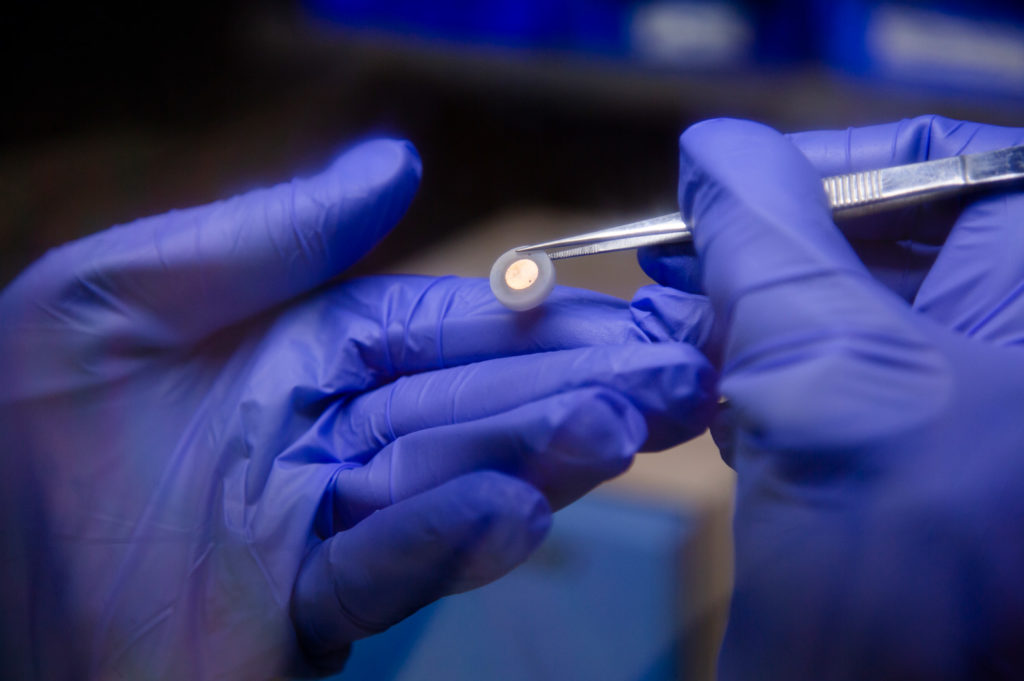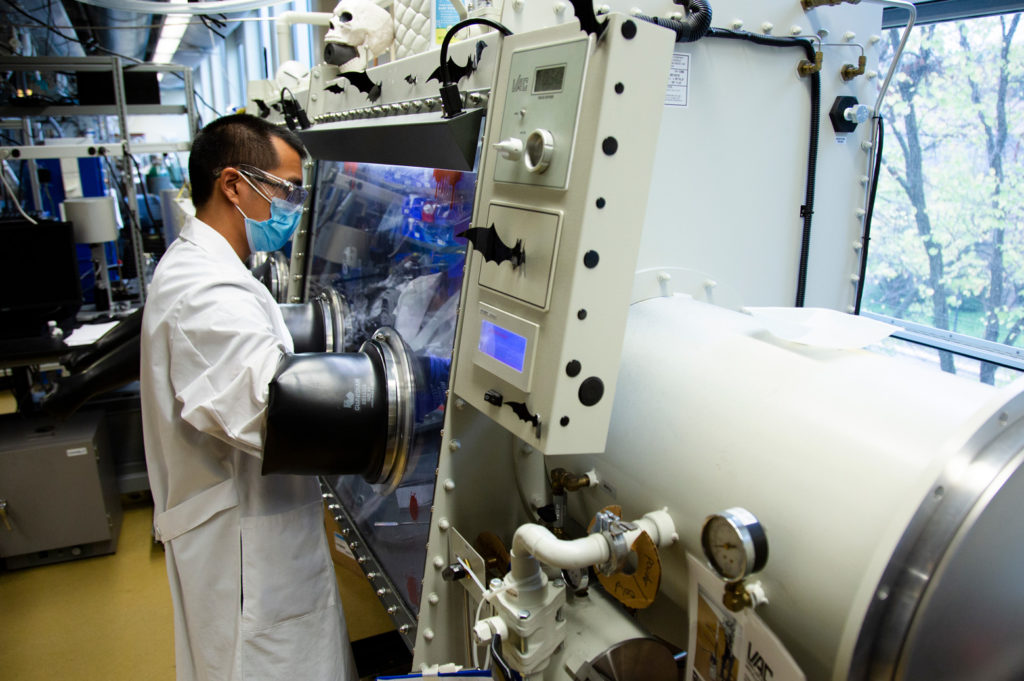
Next-gen electric vehicle batteries: These are the questions we still need to answer
University of Michigan researchers lay out hurdles for tech that could double EV range.

University of Michigan researchers lay out hurdles for tech that could double EV range.
EXPERTS:
The next generation of electric vehicle batteries, with greater range and improved safety, could be emerging in the form of lithium metal, solid-state technology.
But key questions about this promising power supply need to be answered before it can make the jump from the laboratory to manufacturing facilities, according to University of Michigan researchers. And with efforts to bring electric vehicles to a larger part of the population, they said, those questions need answering quickly.

Jeff Sakamoto and Neil Dasgupta, U-M associate professors of mechanical engineering, have been leading researchers on lithium metal, solid-state batteries over the past decade. In a perspective piece in the journal Joule, Sakamoto and Dasgupta laid out the main questions facing the technology. To develop the questions, they worked in close collaboration with leaders in the auto industry.
Major automakers are going all-in on electric vehicles (EVs) this year, with many announcing plans to phase out internal combustion engine cars in the coming years. Lithium-ion batteries enabled the earliest EVs and they remain the most common power source for the latest models coming off assembly lines.
Those lithium-ion batteries are approaching their peak performance in terms of the EV range on a single charge. And they come with the need for a heavy and bulky battery management system—without which there is risk of onboard fires. By utilizing lithium metal for the battery anode along with a ceramic for the electrolyte, researchers have demonstrated the potential for doubling EV range for the same size battery while dramatically reducing the potential for fires.
“Tremendous progress in advancing lithium metal solid-state batteries was made over the last decade,” Sakamoto said. “However, several challenges remain on the path to commercializing the technology, especially for EVs.”

Questions that need to be answered to capitalize on that potential include:
Sakamoto, who has his own start-up company focused on lithium metal solid-state batteries, said the technology is having a moment right now. But the enthusiasm driving the moment, he said, must not get ahead of itself.
Rigorous testing and data analysis, along with transparency in research are needed, according to the U-M team. That group includes Michael Wang, now a postdoctoral researcher at MIT, and Eric Kazyak, a research fellow in mechanical engineering at U-M
The paper is titled, “Transitioning solid-state batteries from lab to market: linking electro-chemical mechanics with practical considerations.”